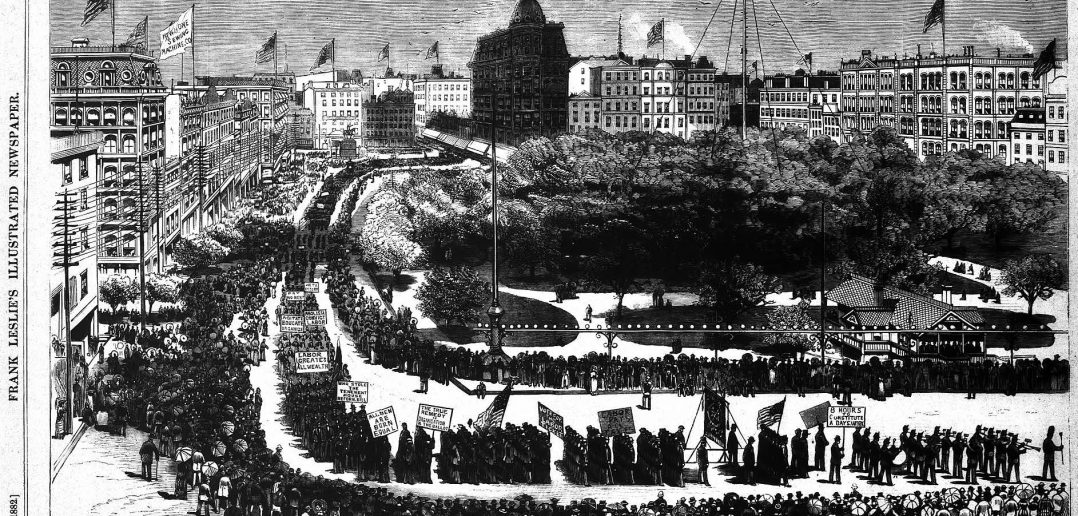Labor Day means so much more than the end of summer, a long weekend or cue to stop wearing white — it’s a day to celebrate the important contributions of American workers.
While it is unclear who devised the idea for Labor Day, working people began observing the holiday during one of the darkest periods of U.S. labor history.
In the late 19th century, many people, including children, worked for 12 hours a day, seven days a week, often for low pay and in unsafe working conditions.
As people increasingly worked at industrial jobs, labor unions became more prominent in fighting for fairness and dignity on the job, including through rallies and events such as parades.
One of these events happened on Sept. 5, 1882, when more than 10,000 workers in New York City marched from City Hall to Union Square, taking unpaid time off from work. This march is considered the first-ever Labor Day parade in U.S. history.
This event’s success led multiple cities — and soon, states — to adopt a full-time workers’ holiday, but Labor Day didn’t become a federal holiday until 1894.
That year, the Pullman Palace Car Company cut pay without lowering worker rents in its namesake town in Illinois. After workers complained, they were fired. Tens of thousands of railroad workers in the Midwest held strikes in protest, which led to railroad traffic being halted in the area. Many of the demonstrations and strikes ended in violence, including by federal troops.
U.S. President Grover Cleveland faced much political criticism for his response to the railroad strikes. On June 28, 1894, he signed legislation declaring Labor Day a national holiday, a move his critics saw as a way to regain support he had lost.
During the same period, trade unionists began to observe May 1 as what later became known as International Workers’ Day. They initially observed this day to commemorate the Haymarket affair in Chicago, during which eight people were killed during a labor demonstration urging for an eight-hour workday.
International Workers’ Day, also known as May Day, became negatively associated with what many people of the era, including Cleveland, considered radical policies. While many labor leaders of the time wished to celebrate a workers’ holiday on May 1, Cleveland opted for the first Monday in September to avoid any further strikes or potential violence. International Workers’ Day is still observed around the world.
More than a century later, working people continue to fight for dignity and fairness on the job. Labor Day helps us highlight our successes and ongoing struggles.



